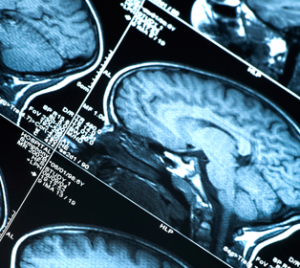Medical Imaging Physics; Seeing Beyond the Skin by Tommy McMullan

Table of Contents
Bullet points of what you would like to talk about:
- The physics behind different medical imaging modalities
- How images are formed
- What clinical information do the images provide
- The pros and cons of each imaging modality
- The legislation requirements
- Putting risks into context
A few paragraphs on your subject:
With advances in technology, doctors no longer need to perform surgery to see inside the human body. Today we have imaging technology which provides a safe, non-invasive way of seeing complex anatomy and physiological function. The imaging technologies can be split into two groups, which are characterised by the type of radiation used – ionising or non-ionising.
The modalities that use ionising radiation are X-ray, computed tomography (CT), and Nuclear Medicine. And the modalities that use non-ionising radiation are magnetic resonance imaging (MRI) and ultrasound. Each modality is suited to different clinical situations, and knowledge of each is crucial to ensure proper diagnosis and patient care.
X-ray images rely on the absorption of X-ray radiation as it passes through the body. The transmitted radiation is picked up by detectors which produce the black and white images, usually of the bone that we are all familiar with. CT imaging also uses X-rays, but instead of planar 2-d images, the X-ray tube and detectors are rotated around the patient which result in a series of tomographs (slices).
The slices are stacked together and give rise to a 3-d representation of the body. Nuclear Medicine imaging relies on the emission of gamma radiation from a patient. A radioactive tracer, usually in the form of an injection, is administered to the patient, who then becomes the source of radiation. The emitted radiation is captured using detectors, and used to form somewhat grainy images.
Ultrasound imaging uses pulses of high frequency sounds waves to view structures within the body in real-time. It is the second most widely used imaging modality in NHS Lothian. MRI exploits the fact that protons within the body act like tiny bar magnets. The patient is placed in a strong magnetic field and a short radio frequency pulse excites the protons. The patient response to the pulse is monitored and the information gathered is used to construct an image of inside the body.
During my talk I will introduce the listener to the basic principles behind each of the imaging techniques mentioned. The talk will be presented with minimal technical jargon and will be illustrated throughout using images to tell the story.
A few paragraphs about you:
I am a pre-registered clinical scientist currently in my final year of training. My training so far has consisted of a full time MSc Medical Physics degree at the University of Glasgow, and a foundation year in hospitals in NHS Lothian. My foundation year was a broad-based programme where I undertook placements in the main areas of medical physics.
The four placements were: Radiotherapy, Nuclear Medicine, MRI and Ultrasound, and Diagnostic Radiology and Radiation Protection. My final specialist year is in Radiotherapy.
I am especially interested in electromagnetic radiation and its interaction with matter, especially biological organisms. Not only do we use electromagnetic radiation in diagnostic and therapeutic modalities in medicine, we ourselves are sources of electromagnetic radiation.
We emit photons in the ultraviolet and low visible light range, which are known as biophotons. I am interested in detecting these biophotons and to find out if they play a role in identifying disease states.
What free internet knowledge resources would you recommend to others if they wish to explore your chosen theme further?
https://www.ipem.ac.uk/ – main UK resource on physics and engineering in medicine
http://hyperphysics.phy-astr.gsu.edu/hbase/hframe.html – good general physics resource
https://www.radiopaedia.org/ – good radiology resource
What are your weblinks?
Public Email – [email protected]
This talk took place on 27th Nov 2018 at St John’s Church Community Hall (Princes St, Edinburgh EH2 4BJ)
